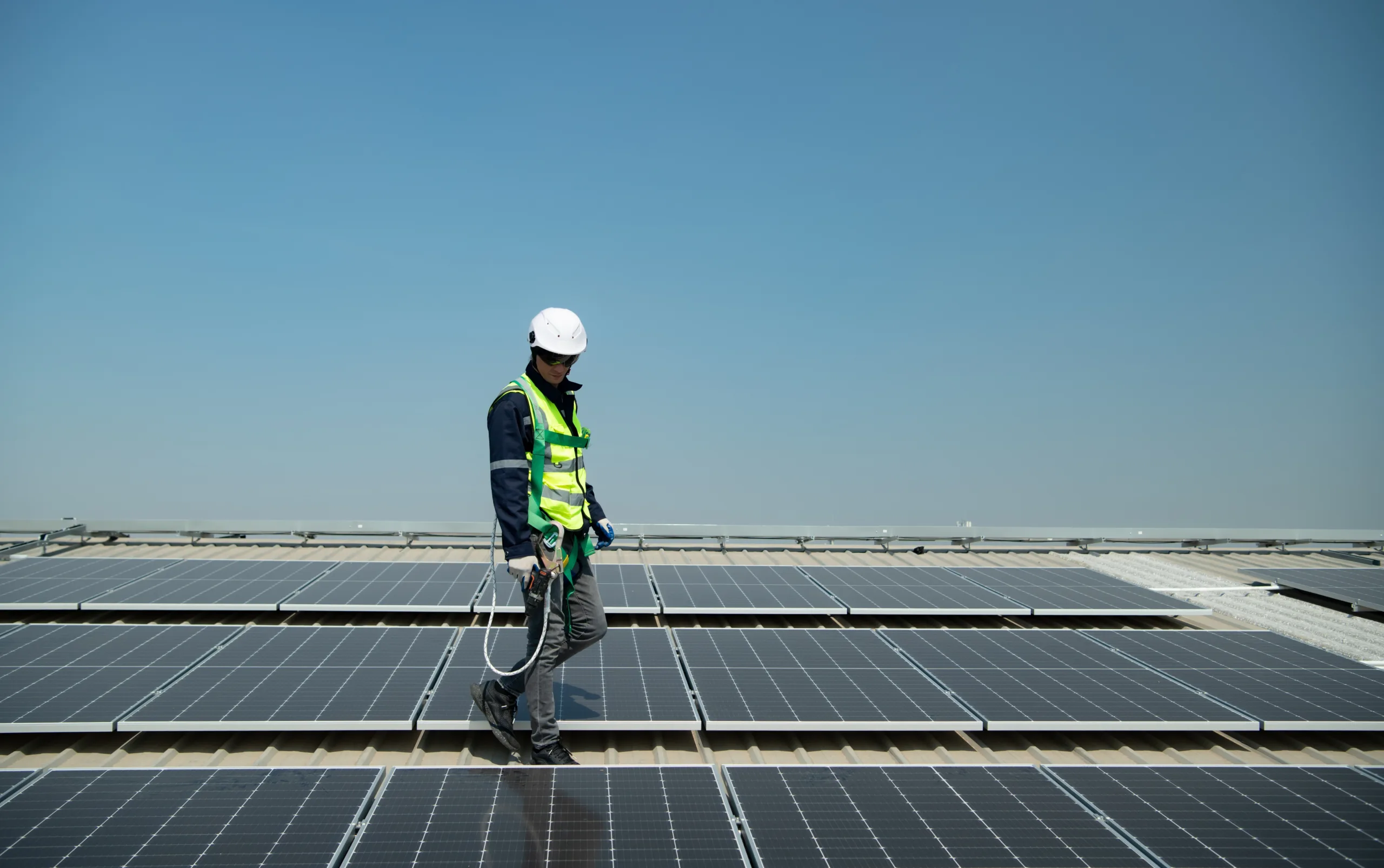Moving into a new home is exciting—but once autumn and winter roll around, that excitement can turn into higher-than-expected energy bills if your property isn’t properly prepared.
Whether you’ve just moved or are about to complete, making your home more energy efficient is a smart move—for your wallet, your comfort, and the environment. And while you’re preparing for the colder months, don’t forget the importance of sorting your local conveyance early. A good local conveyancer can help you uncover potential energy concerns before you move in.
Here’s how to make your new home warmer, more efficient, and better prepared for winter—starting now.
1. Check the EPC Before You Move
The Energy Performance Certificate (EPC) is a key document you should receive during the conveyancing process. It tells you how energy-efficient the property is, along with recommendations for improvement.
If you’re still house hunting or in the early stages of buying, ask your local conveyancer to flag any energy efficiency red flags in the EPC. This can help you:
-
Plan upgrade costs
-
Negotiate on price
-
Prioritise improvements after moving in
2. Seal Windows and Doors
One of the most common causes of heat loss in UK homes is poor insulation around windows and doors. Once you move in, check for:
-
Draughts and gaps in seals
-
Condensation or single glazing
-
Loose letterboxes or gaps under doors
Simple fixes like draught excluders, weather stripping, and heavy curtains can make a big difference without breaking the bank.
3. Insulate Your Loft and Walls
If your new home doesn’t already have quality insulation, it’s worth investing in:
-
Loft insulation: Prevents warm air from escaping through the roof
-
Cavity wall insulation: Reduces heat loss through external walls
-
Pipe and tank insulation: Helps prevent frozen pipes and improves heating efficiency
These improvements not only lower your energy bills but may also boost your property value—a win if you decide to sell in the future.
4. Get Your Boiler Checked
If you’ve moved into an older property, book a professional boiler service as soon as possible. An inefficient boiler will:
-
Use more energy to heat your home
-
Struggle to maintain a comfortable temperature
-
Increase the risk of breakdowns during cold spells
Ask your local conveyance solicitor if the seller has provided boiler service records during the legal process. If not, it’s worth getting it looked at straight away.
5. Upgrade to Smart Heating Controls
Smart thermostats and zoned heating systems give you greater control over your energy usage. Many systems allow you to:
-
Control heating remotely via an app
-
Set schedules based on occupancy
-
Track your energy usage in real-time
If you’re moving into a new-build or recently renovated property, these may already be in place. If not, they’re a relatively low-cost upgrade with high returns.
6. Why Local Conveyance Still Matters
Energy efficiency isn’t just about insulation and boilers—it starts with understanding the property you’re buying.
That’s why choosing a local conveyance expert is so important. A local solicitor or licensed conveyancer will:
-
Review EPCs and highlight improvement needs
-
Flag concerns about older heating systems or insulation
-
Ensure all required certifications are in place
-
Understand regional regulations and property types
They’ll help you avoid hidden issues and move into your new home with greater peace of mind.
Warm Home, Smart Move
Preparing for the colder months doesn’t have to be expensive or overwhelming. With a few smart improvements—and the support of a trusted local conveyance provider—you can make your new home warmer, more efficient, and ready for anything winter brings.
Still searching for the right local conveyancer?
👉 Use The Move Exchange to connect with vetted local conveyance professionals and enjoy a smoother, smarter home move.




